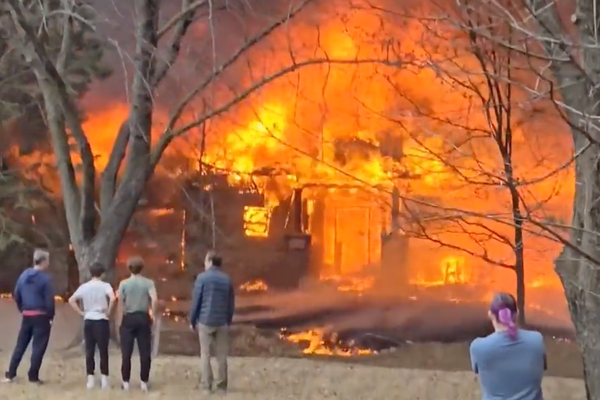The Northern Lights are expected to make an appearance this week - if stargazers are lucky enough to see them.
The ethereal light display is actually visible year round and it turns out the Met Office Space Weather office has predicted a late spring showing on May 26.
Scotland and other places in the northern hemisphere have the best chance of experiencing them in winter, but that doesn't totally rule them out the rest of year.
The forecast says: "There is a slight chance of geomagnetic storms on 26th May, which could result in visible aurora, although this will be limited by the short night-time periods in the northern hemisphere summer."
Summer days are growing longer, but it's worth keeping an eye out after night falls on Thursday.
When is the best time to see the Northern lights?

Scotland obviously isn't in the Arctic Circle - like Iceland or Norway - but it is at a high enough latitude to see auroras.
The best conditions are under clear skies over a long night, which is why the winter months are ideal.
Under the right conditions, they could still be visible this week and generally, the further north you are the better.
The Met Office says the possible showing this week is due to two fast solar wind developments on the 26th and perhaps early on the 27th as winds could reach between 500 to 550 kilometres a second.
The best time to see the Northern Lights is usually between the hours of 10pm and midnight.
What are the Northern Lights?

Aurora borealis occurs when fast winds that have erupted from the sun reach Earth's magnetic field.
The otherworldly phenomenon occurs near the poles of the planet when particles from the solar winds are trapped in the atmosphere.
Northern Lights' distinctive dancing bands are actually caused by lines of collision within the planet's magnetic field.
"The sun continuously produces a solar wind, made of charged particles that flows outward into the solar system," explains NASA.
"When the solar wind reaches Earth's magnetic field, it can cause magnetic reconnection, an explosive process that allows charged particles from space to accelerate into the atmosphere."
Don't miss the latest news from around Scotland and beyond - sign up to our daily newsletter here .







